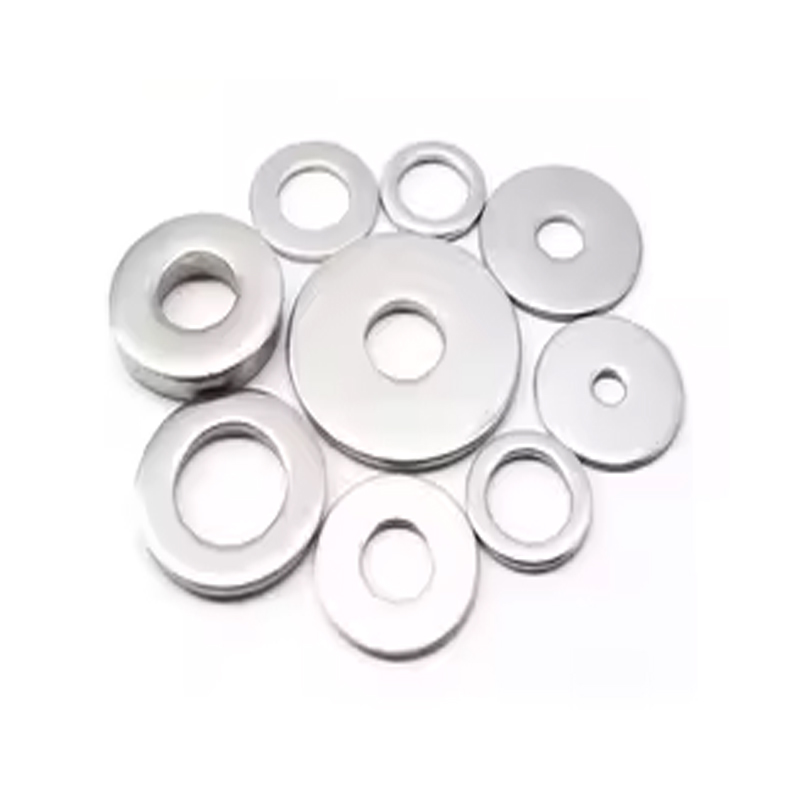rear axle pinion seal
Understanding the Importance of the Rear Axle Pinion Seal
The rear axle pinion seal is a crucial component that plays a significant role in the overall performance and longevity of a vehicle's drivetrain system. It is designed to prevent the leakage of differential fluid from the rear axle assembly, ensuring that the lubrication remains intact while preventing contaminants from entering the system. This article will explore the function, importance, and maintenance of the rear axle pinion seal, along with signs of potential failure and tips for replacement.
Function of the Rear Axle Pinion Seal
The rear axle pinion seal is positioned where the pinion gear meets the rear axle housing. Its primary function is to create a barrier that keeps the gear lubricant inside the housing, which is essential for reducing friction between the moving parts. The lubricant not only minimizes wear but also aids in dissipating heat generated during operation. Additionally, the seal serves as a protective measure against dirt, debris, and moisture that could otherwise enter the axle assembly and lead to premature wear or damage.
Importance of a Well-functioning Seal
A properly functioning rear axle pinion seal is vital for several reasons. First and foremost, it ensures that the differential oil remains contained within the axle housing. A leak can lead to a drop in lubricant levels, resulting in inadequate lubrication for the pinion and ring gears. This can ultimately result in excessive wear or even catastrophic failure of the differential components, which can be both dangerous and costly to repair.
Moreover, leaks from the pinion seal can create unsightly stains on driveways and parking lots, reflecting poorly on vehicle maintenance. From an environmental standpoint, ensuring that fluids do not leak can also contribute to reducing pollution and preserving natural ecosystems.
Signs of Pinion Seal Failure
Recognizing the signs of a failing rear axle pinion seal is crucial for early intervention. Common indicators include
rear axle pinion seal

1. Leaking Fluids The most apparent sign is the presence of differential fluid pooling under the vehicle, particularly towards the rear axle area. 2. Whining Noise A whining or grinding noise coming from the rear axle while driving can indicate a lack of lubrication due to a seal failure.
3. Increased Heat Overheating of the rear differential can result from inadequate lubrication, which might be a consequence of a compromised pinion seal.
4. Dashboard Warning Lights Some modern vehicles are equipped with sensors that may trigger dashboard warning lights if fluid levels drop below acceptable levels.
Maintenance and Replacement
Regular maintenance checks are essential for ensuring the integrity of the rear axle pinion seal. During routine services, technicians should inspect the seal for any signs of wear or damage. It’s essential to replace the pinion seal immediately if leaks or other symptoms are detected to prevent further damage to the differential system.
Replacing the rear axle pinion seal can be a straightforward process for experienced mechanics but may require specialized tools and knowledge for those attempting it themselves. It typically involves draining the differential fluid, removing the pinion nut, replacing the seal, and then reassembling the components before filling the axle with new lubricant.
Conclusion
The rear axle pinion seal may be a small component, but it plays an integral role in a vehicle's functionality and safety. Regular inspection and maintenance can help ensure that it operates effectively, helping to extend the life of the vehicle’s drivetrain system. By understanding the importance of this seal and recognizing the signs of failure, vehicle owners can take proactive steps to maintain their vehicles' performance and reliability.
-
Simplifying Oil Changes: A Comprehensive Guide to Oil Drain Plugs and Their Variants
News Aug.04,2025
-
Mastering Oil Drain Maintenance: Solutions for Stripped, Worn, and Upgraded Oil Plugs
News Aug.04,2025
-
Fixing Oil Pan Plug Issues: Leaks, Stripped Nuts, and the Right Replacement Solutions
News Aug.04,2025
-
Everything You Need to Know About Oil Drain Plugs: Sizes, Fixes, and Upgrades
News Aug.04,2025
-
Choosing the Right Oil Drain Plug: A Guide to Sizes, Materials, and Drain Innovations
News Aug.04,2025
-
A Complete Guide to Automotive Drain Plugs: Types, Problems, and Innovative Solutions
News Aug.04,2025
-
The Ultimate Guide to Car Repair Kits: Tools and Essentials Every Driver Should Own
News Aug.01,2025
Products categories















